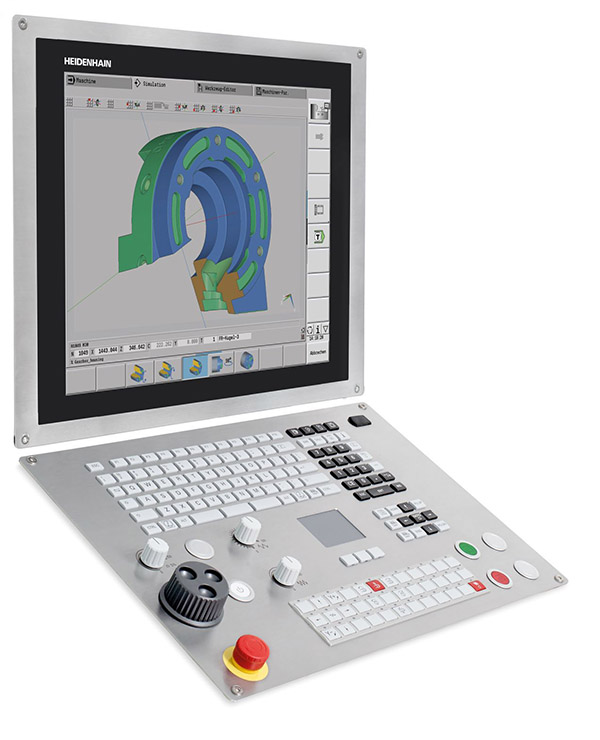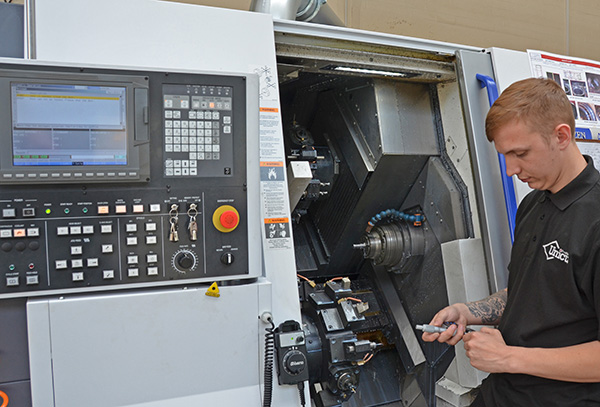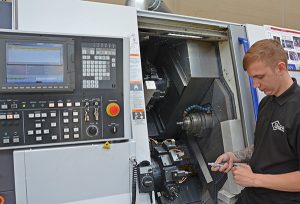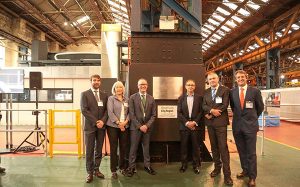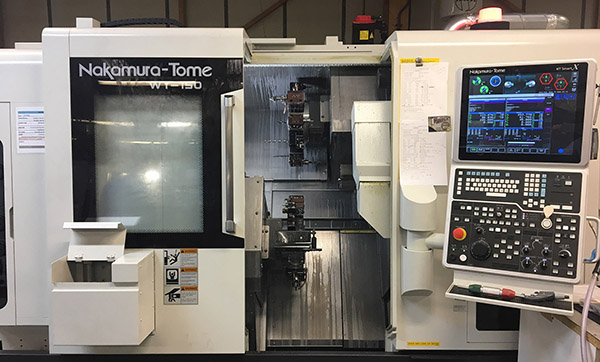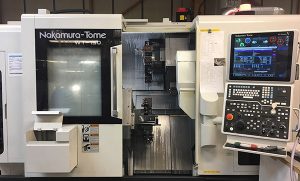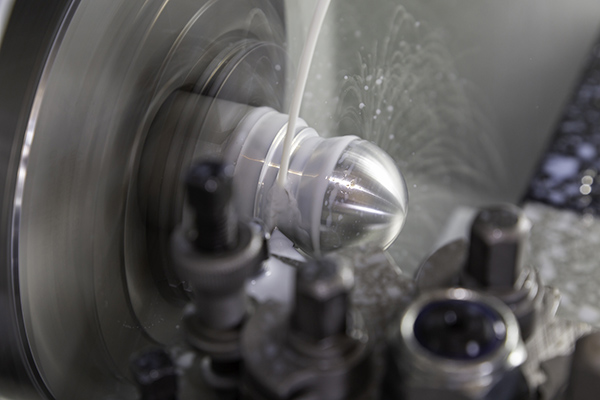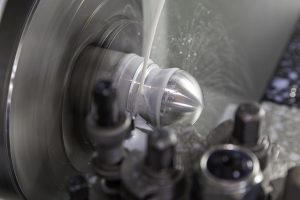Heidenhain’s top-of-the-range lathe control, the CNC Pilot 640 is now available with a number of new upgrades.
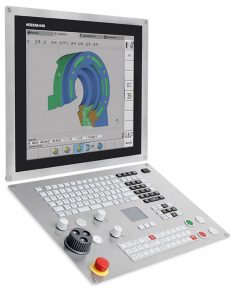
Most notably, a newly developed Turn Plus feature is now standard on new purchases. Turn Plus allows the creation of a lathe program at the push of a button, with up to 90% time savings, says Heidenhain.
The latest versions of the control software also include other improvements, such as added functional safety (FS) features and expansions that provide the machine operator and machine tool builder with more benefits.
Heidenhain’s CNC Pilot 640 contouring control allows five-axis simultaneous machining and combined turn-mill operations, full surface machining with B axis and counter spindle, as well as up to three channels for asynchronous multi-side machining.
Multi-touch operation permits swiping and zoom functions, while high-resolution 3D simulation graphics have been added. Machining operations with one or several set-ups (multi-channel operation) can be programmed separately through structured programming. The maximum number of controlled axes and spindles has been increased to 24 using appropriate options.
Heidenhain’s CNC Pilot 640 lathe control is available in two screen formats: 19“and 15.6“, with up to 25 configurable fields. The control also now works with Heidenhain’s display hand-wheels HR 520 (FS), and the HR 550 FS radio hand-wheel system. New CFRCompactFlash memory cards and SIKs are also available.
For those interested in connected machining, the CNC Pilot 640 can be incorporated into such systems by utilising the Heidenhain options Remote Desktop Manager (option 133) and StateMonitor for capturing machining data.
For further information www.heidenhain.com






